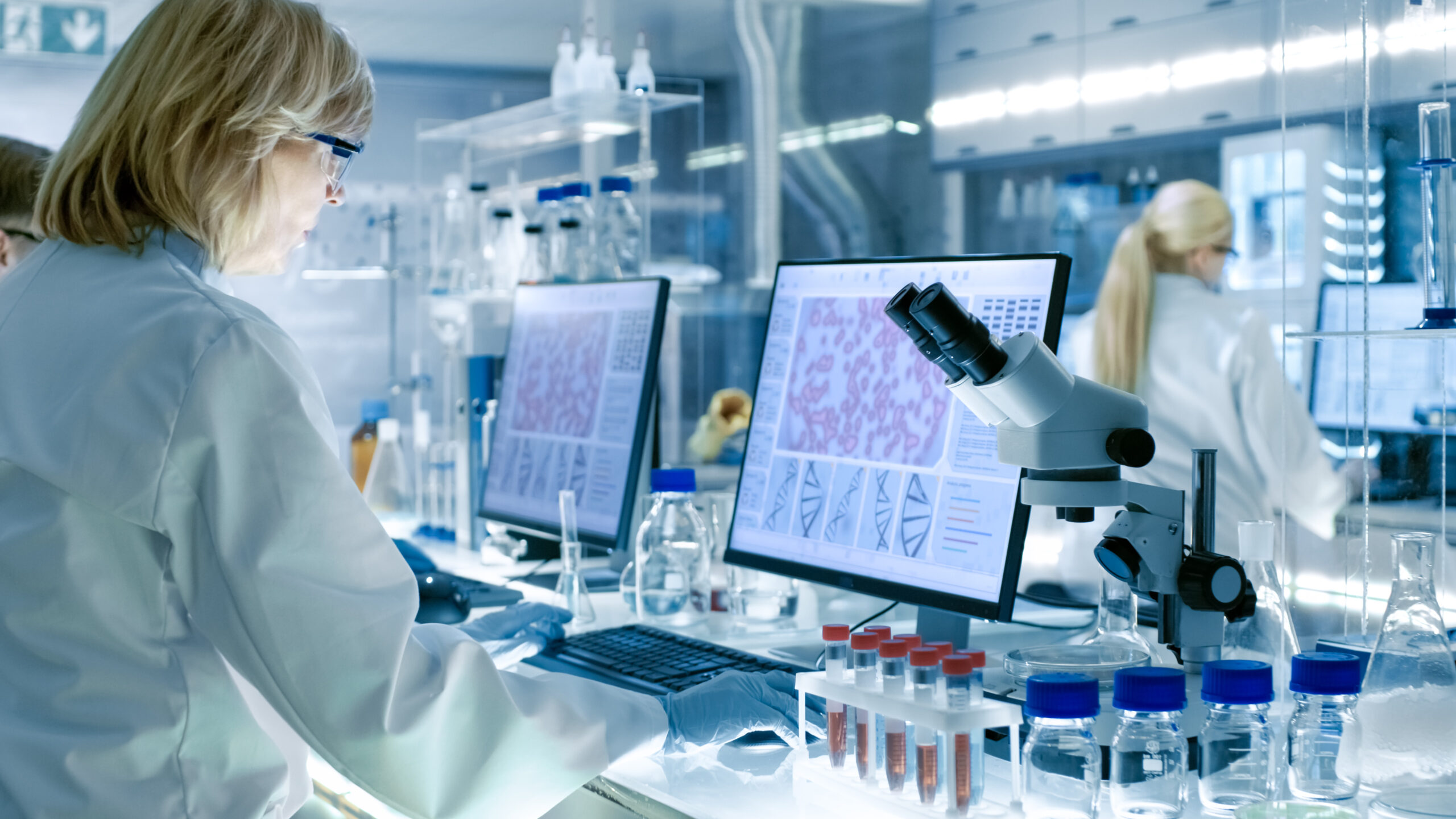The central dogma of biology is the transformation of genetic material from DNA to RNA to protein, thus determining an organism’s phenotype. During translation, codons—a set of three RNA nucleotides—encode amino acids. The redundancy in this system is of key interest. For example, the codons GUU, GUA, and GUG all encode the amino acid valine. The point mutations that change the last RNA nucleotide in each codon while still encoding the same amino acid are called synonymous mutations, or silent mutations. In contrast, non-synonymous mutations result in different amino acids that alter protein function.
Since the 1960s, the scientific community believed that synonymous mutations were neutral as they did not significantly affect organismal fitness. Recently, a team of biologists at the University of Michigan led a study to demonstrate that synonymous mutations are sometimes harmful. Using CRISPR-Cas9 genome editing, they created 8,000 mutant budding yeast strains, each containing a synonymous, non-synonymous, or nonsense mutation (a mutation that results in the same amino acid, different amino acid, or a stop codon amino acid that makes the protein shorter) respectively, in one of the twenty-one target genes. They evaluated the budding yeast’s fitness compared to non-mutant strains to determine the severity of synonymous mutations. Here, fitness was quantitatively measured through reproduction rates. If a strain yielded more offspring, the mutations were beneficial; if a strain yielded less offspring, the mutations were harmful. Astonishingly, they found that 75.9% of the synonymous mutations were detrimental while only 1.3% were beneficial. As study lead author Xukang Shen of Zhang’s lab stated, “’the previous anecdotes of non-neutral synonymous mutations turned out to be the tip of the iceberg.’” The Zhang Lab’s researchers also found that synonymous and non-synonymous mutations change gene expression, and the magnitude of this alteration correlates to fitness levels.
The data suggest that synonymous mutations are just as capable as non-synonymous mutations in inducing disease. This finding is especially relevant to higher-order organisms like humans, and raises awareness of synonymous mutation’s non-neutrality. Jianzhi Zhang, a professor at UM, explains that “because many biological conclusions rely on the presumption that synonymous mutations are neutral, its invalidation has broad implications.” He also emphasizes that silent mutations might be overlooked when studying the pathology of diseases. Studying the molecular genetic machinery behind silent mutations such as transcription factor binding, mRNA folding, and translational accuracy allows researchers to explore how synonymous mutations become disease-causing mutations. From there, researchers can devise methods to inhibit mechanisms responsible for this progression. Truly, understanding the non-neutrality of synonymous mutations benefits the medical community as the knowledge can help predict and identify pathogenic synonymous mutations.
Featured Image Source: Gorodenkoff










